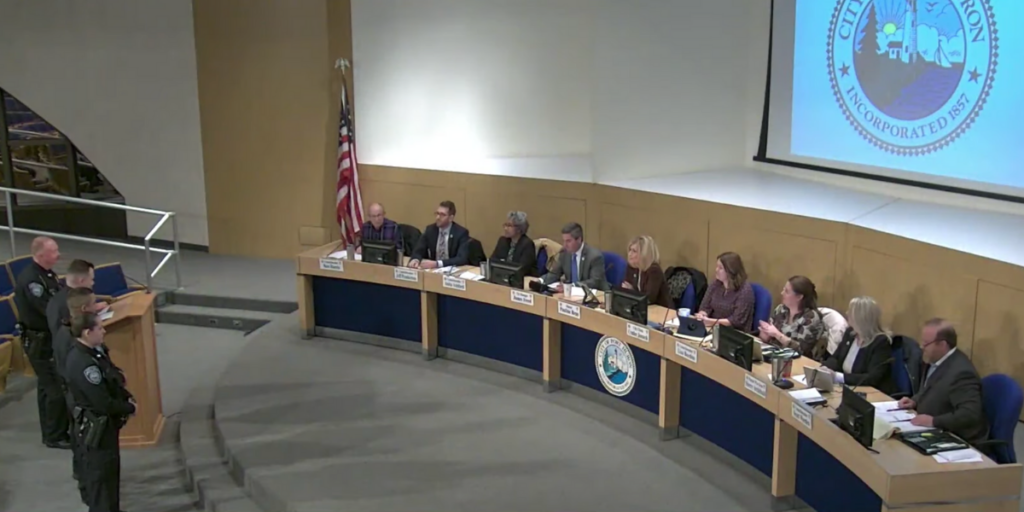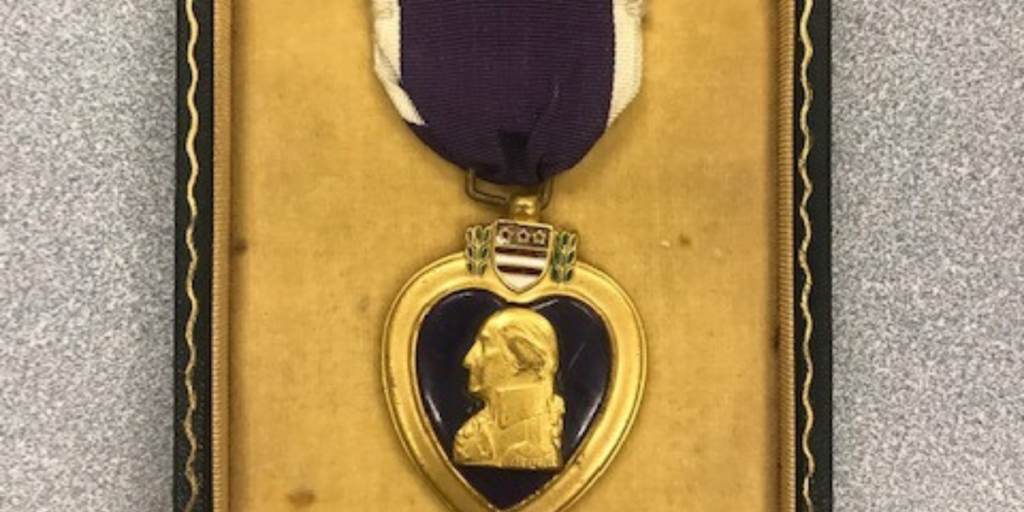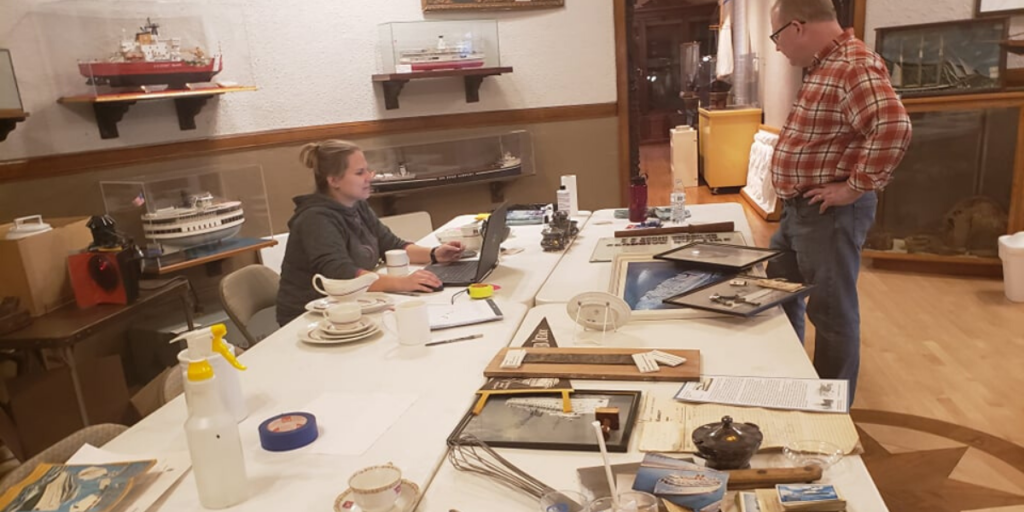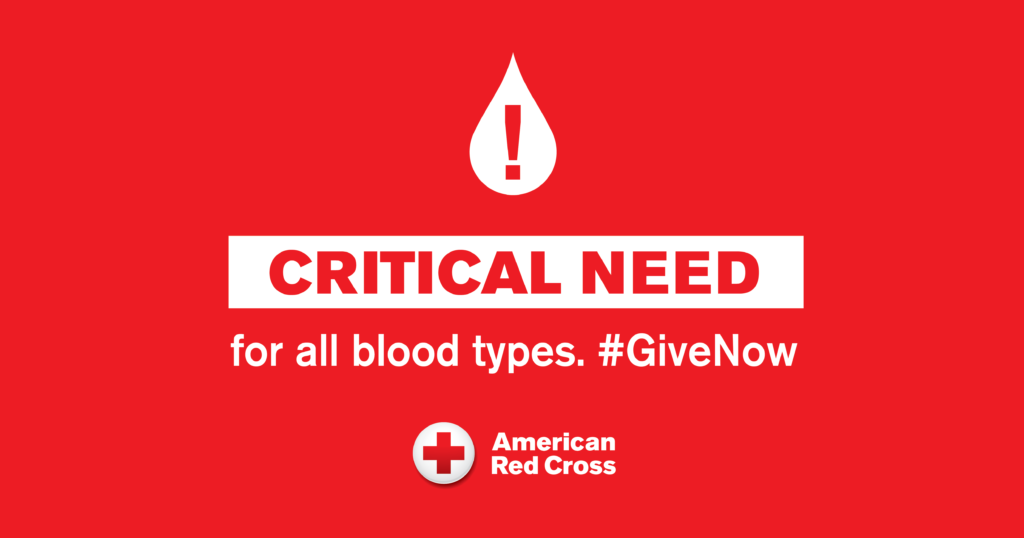Port Huron City Council Meeting Developments
Monday night’s Port Huron City Council Meeting was a quick one, but there were some important developments. Police Chief Joseph Platzer introduced three new officers, Officer Jesse Torrez, Officer Hannah Yadon, and Officer Anthony Garska, all from the Blue Water Area with diverse military and educational experiences. The department will also be looking for two more police officers later this year, with the pending retirements of two veteran officers.
At the meeting, the council also accepted a bid from Techni-Comp Composting Specialist, LLC, in the amount of $28,000.00 for clearing and composting the wood pile at Lakeside Cemetery. Per DEQ requirements, the burning of wood is no longer allowed, according to City Manager, James Freed.
The wheels were also put in motion to get the Skatepark construction started when the council voted to authorize and support the “acceptance of an Environmental Impact Grant from the Tony Hawk Foundation and the Ralph C. Wilson Jr. Foundation made available to the City of Port Huron in the amount of $50,000.00 in order to incorporate specific green technology designs at the proposed Optimist Skatepark Project.” City Manager James Freed recognized Nancy Winzer and Kim Harmer for “writing grants and chasing down money” to make the skatepark happen. Council members also recognized John Eppley of Alpine Cycle for his efforts in the skatepark project.
Reporting for WGRT, Karly Hurley.






